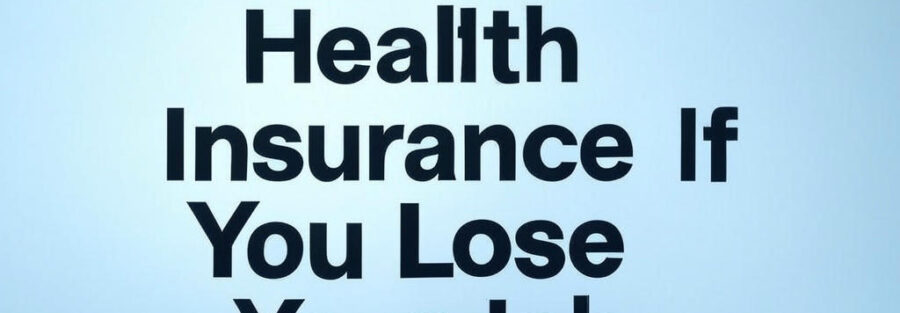Losing your job is stressful enough—but losing your health insurance on top of it can feel overwhelming. Fortunately, you don’t have to go without coverage. Whether you were laid off, quit voluntarily, or had your hours reduced, there are several ways to maintain or find new health insurance. In this blog, we’ll explore your best options for getting health insurance after losing a job, so you can stay protected without breaking the bank.
Step 1: Don’t Panic—Know Your Rights
When you lose a job that provided health benefits, you may be eligible for continued coverage or new insurance options through federal and state programs. The key is to act quickly: many of these options are time-sensitive.
Option 1: COBRA Coverage (Temporary Extension of Your Old Plan)
The Consolidated Omnibus Budget Reconciliation Act (COBRA) allows you to continue your employer-sponsored health plan for up to 18 months after leaving your job.
Pros:
- You keep the same coverage and doctors.
- You’re not starting from scratch with a new provider.
Cons:
- It’s expensive. You now have to pay the full premium—your share and your employer’s share—plus a 2% administrative fee.
💡 Tip: COBRA can be a good short-term solution while you explore more affordable options.
Option 2: Marketplace Health Insurance (Affordable Care Act Plans)
Losing job-based insurance qualifies you for a Special Enrollment Period on the Health Insurance Marketplace (HealthCare.gov or your state’s exchange). This means you don’t have to wait for the annual open enrollment period.
Pros:
- You may qualify for subsidies or tax credits that lower your monthly premium.
- Multiple plan options and levels of coverage.
Cons:
- You need to apply within 60 days of losing your job-based coverage.
💡 Tip: Use the HealthCare.gov calculator to see if you qualify for financial assistance based on your income.
Option 3: Medicaid (If Your Income Drops Significantly)
If losing your job significantly reduces your income, you may now qualify for Medicaid, a free or low-cost insurance program for low-income individuals and families.
Pros:
- Low or no cost.
- Comprehensive coverage including doctor visits, hospital care, and prescriptions.
Cons:
- Eligibility requirements vary by state.
💡 Tip: Check with your state’s Medicaid office to see if you qualify. Some states expanded Medicaid under the ACA, making it easier for adults without children to qualify.
Option 4: Spouse or Parent’s Plan
If your spouse or parent has employer-sponsored insurance, you may be able to join their plan through a special enrollment period.
Pros:
- Easy transition, often with solid coverage.
- Typically more affordable than COBRA.
Cons:
- Must enroll within 30 days of your job loss.
💡 Tip: If you’re under 26, you can join or stay on a parent’s plan even if you were previously not enrolled.
Option 5: Short-Term Health Insurance
If you’re in good health and just need temporary coverage, short-term health insurance might be an option.
Pros:
- Lower premiums than traditional plans.
- Quick approval and flexibility.
Cons:
- Doesn’t cover pre-existing conditions or many essential health benefits.
💡 Tip: Use this only as a temporary solution while you transition to a more stable option.
What to Consider Before Choosing a Plan
When comparing your options, ask yourself:
✅ How long do I need coverage for?
✅ Do I qualify for subsidies or Medicaid?
✅ Do I need coverage for specific medications or doctors?
✅ What’s my budget for monthly premiums and out-of-pocket costs?
Final Thoughts
Losing your job doesn’t mean you have to lose peace of mind. From COBRA to Marketplace plans, Medicaid, or even short-term coverage, there are multiple paths to getting the insurance you need. The key is to act quickly—many options have enrollment windows tied to your last day of employment.
Stay proactive, compare your choices, and don’t hesitate to get help from a licensed insurance navigator or broker. Your health matters—make sure it stays protected during your career transition.
Would you like an image or infographic to go along with this blog post?


